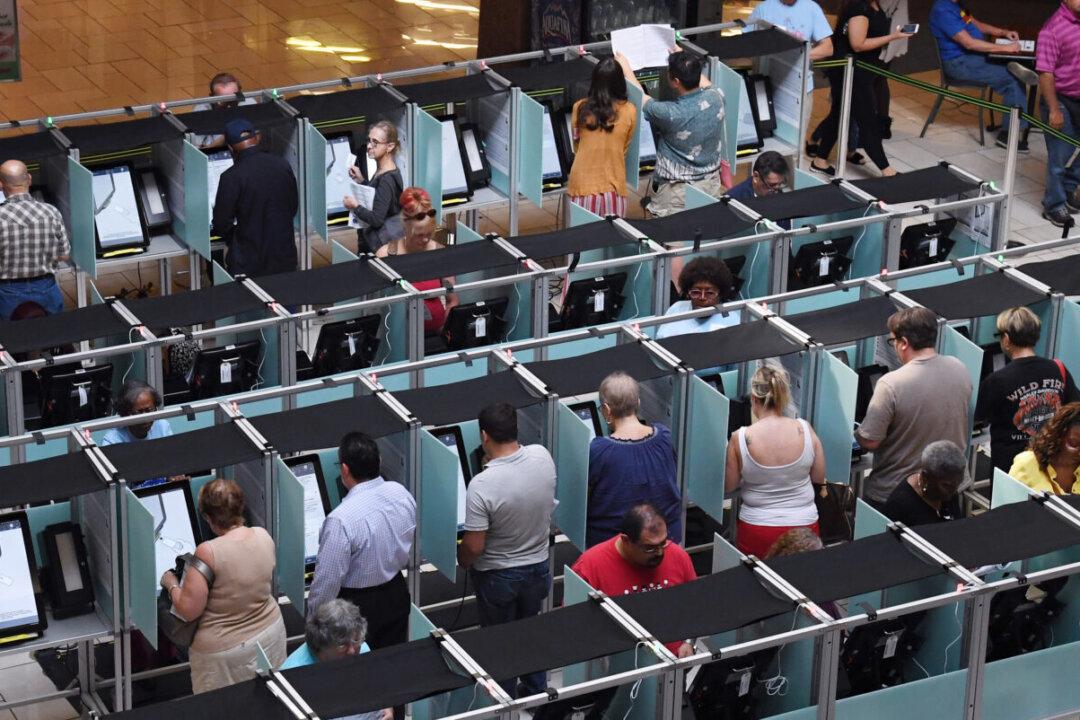The House of Representatives held a hearing on election security featuring the top three vendors of voting machines along with experts in the field to support their bill on federal election security. The bill mandates the use of voter-verified paper ballots printed on recycled paper manufactured in the U.S., that will be made available to the voter for inspection and verification before voting.
The bill called Securing America’s Federal Elections Act or SAFE Act authorizes federal funding for further election security and upgrading of voting equipment. It also stipulates detailed requirements for voting systems and paper ballots. The bill passed the House in June by a vote of 225–184. Only one Republican voted in favor of it. All the “no” votes came from Republicans, and a Senate committee is currently reviewing the bill.





